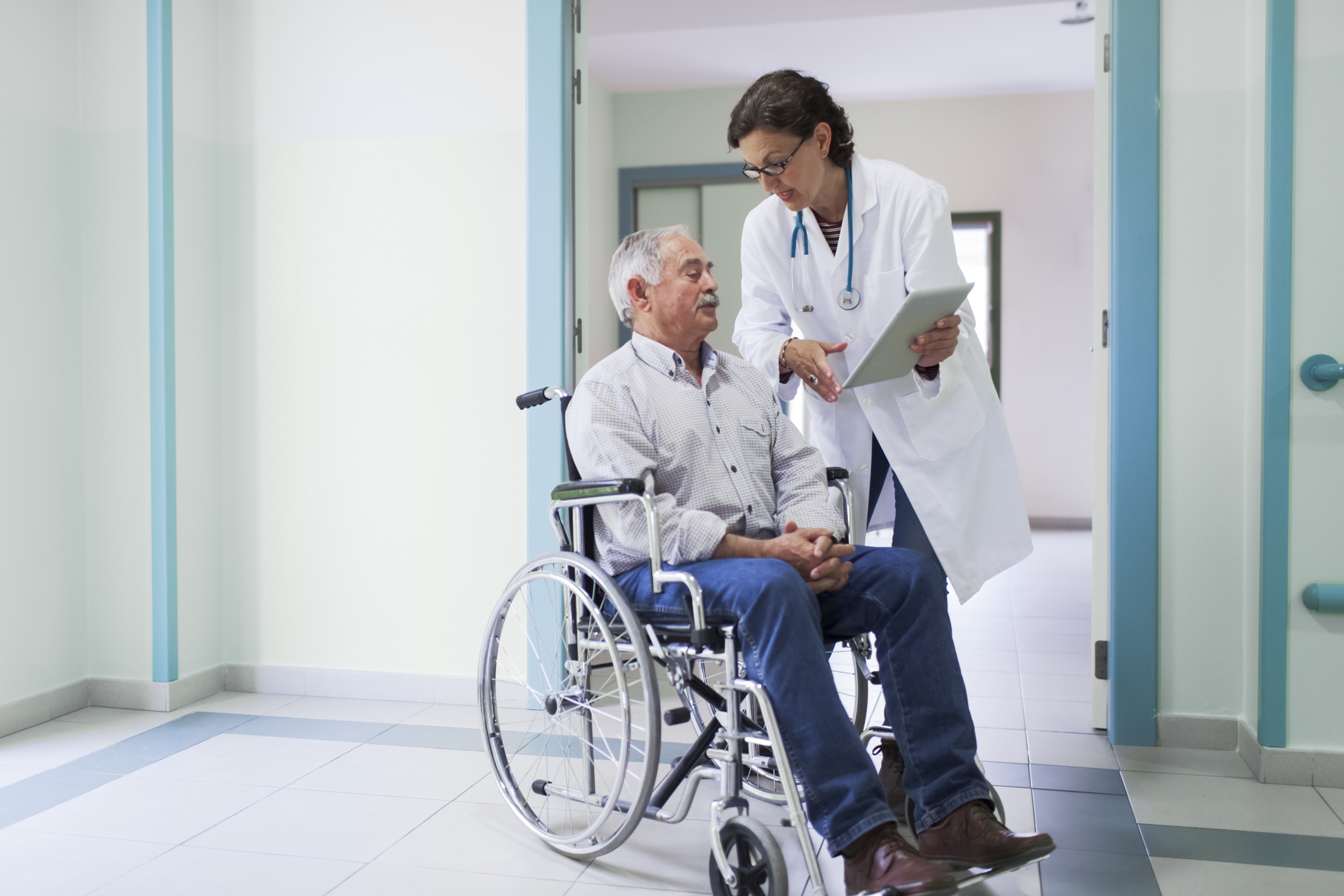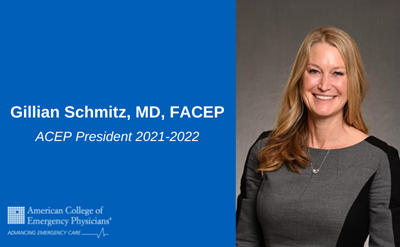BOSTON, Mass.—As the number of people relying on emergency medical care increases, a new study published by JAMA Internal Medicine has found that emergency departments (EDs) are admitting fewer patients and mortality rates post-ED visits are improving.
The study, “Trends in Mortality for Medicare Beneficiaries Treated in the Emergency Department from 2009 to 2016,” found that mortality rates of patients within 30 days of being sent home from the ED improved 23 percent—a trend visible across patient populations, but greatest for the patients with the most severe emergencies. The translates to 200,000 fewer deaths in 2016 than if mortality rates stayed the same as 2009. This improvement occurred as more patients were sent home rather than being admitted to the hospital.
“Emergency physicians provide immense value to patients and the health system,” said Laura Burke, MD, MPH, FACEP, emergency physician at Beth Israel Deaconess Medical Center and lead study author. “Data suggests that even as patients visiting emergency departments have become sicker with more complex chronic conditions, the quality and efficiency of emergency care continues to improve—often preventing more costly hospital stays and enabling patients to lead healthier lives.”
Dr. Burke and colleagues analyzed 15 million ED visits among Medicare beneficiaries between 2009-2016 to see how often patients were admitted to the hospital—versus sent home from the ED—and whether this changed over time. They also examined whether changes in mortality rates over time for Medicare beneficiaries using the ED were similar across different types of hospitals, including large academic medical centers, small community hospitals, urban hospitals, and rural hospitals. They also explored whether these trends were greater for the sickest ED patients compared to the healthiest.
By providing timely diagnosis and treatment, the study underscores how emergency physicians are leading the way to improve emergency care and play a vital role in helping to control health care costs while leading to better outcomes for patients. However, the study suggests a lack of available emergency physicians and on-call specialists during an emergency visit or follow up care may limit these gains. The authors note that a “greater focus on optimizing emergency department outcomes in rural settings is needed.”
The Emergency Medicine Foundation funded the study through its “Value of Emergency Care” grant. Read the full study here.
 American College of Emergency Physicians
American College of Emergency Physicians







